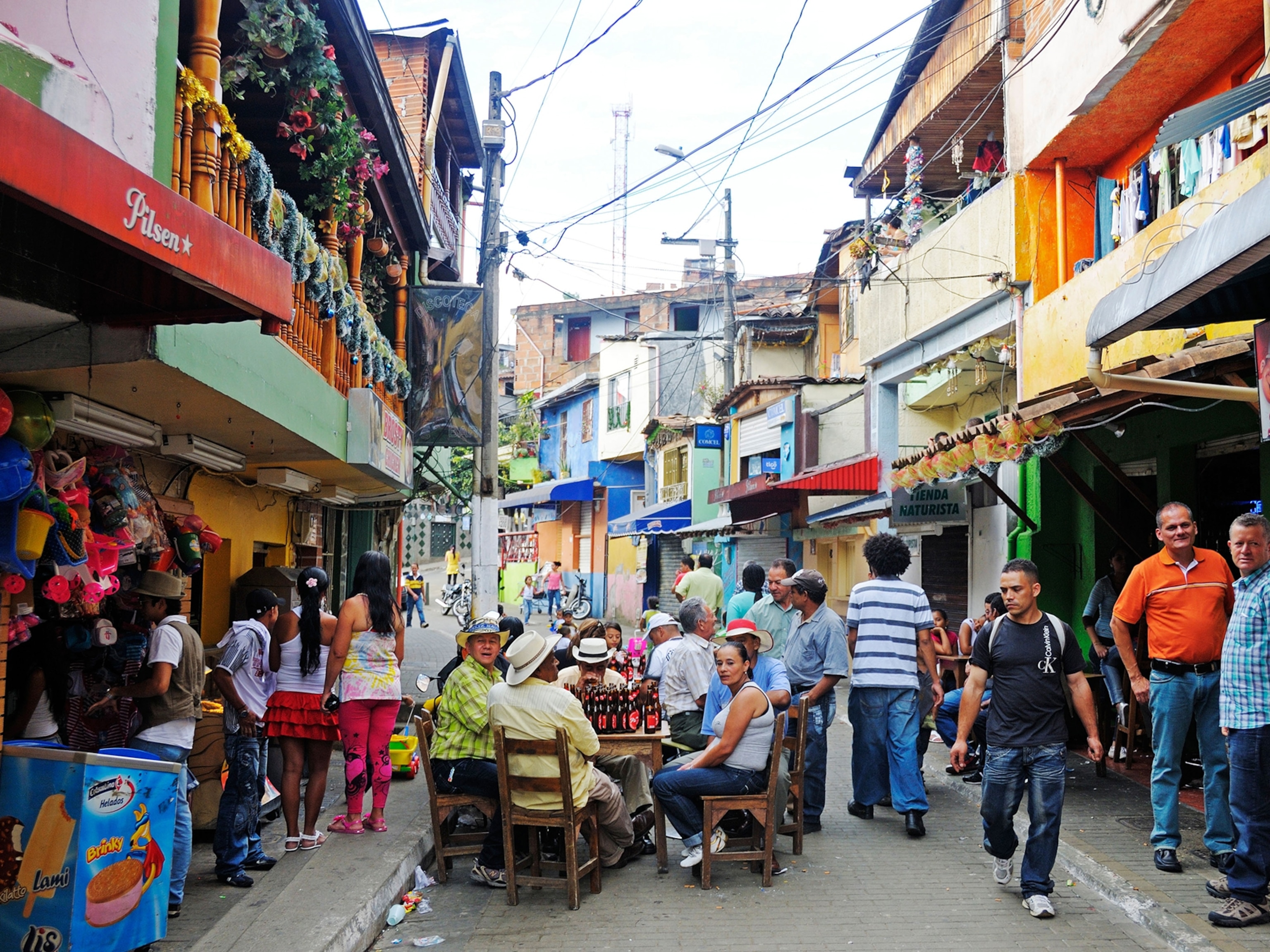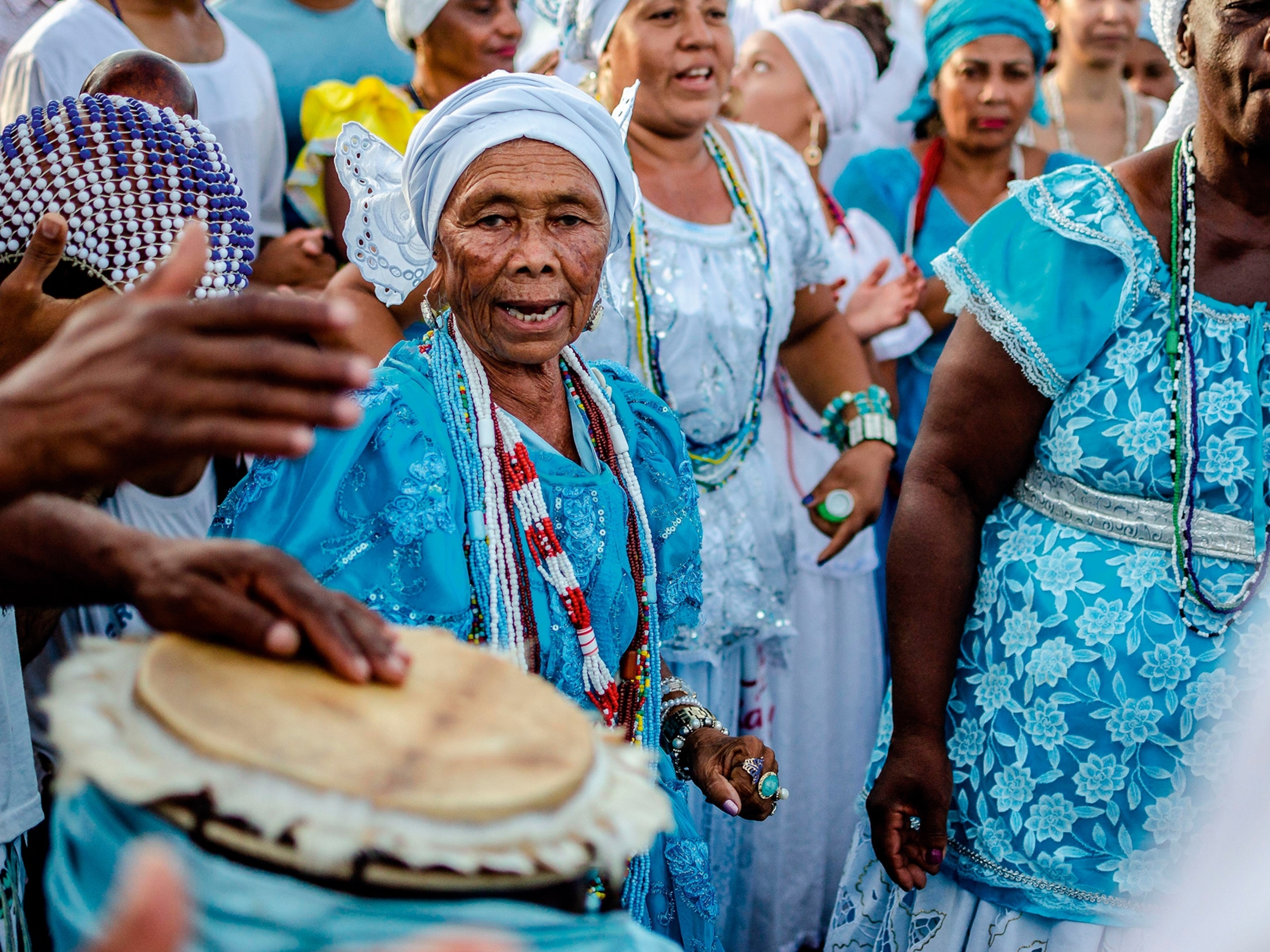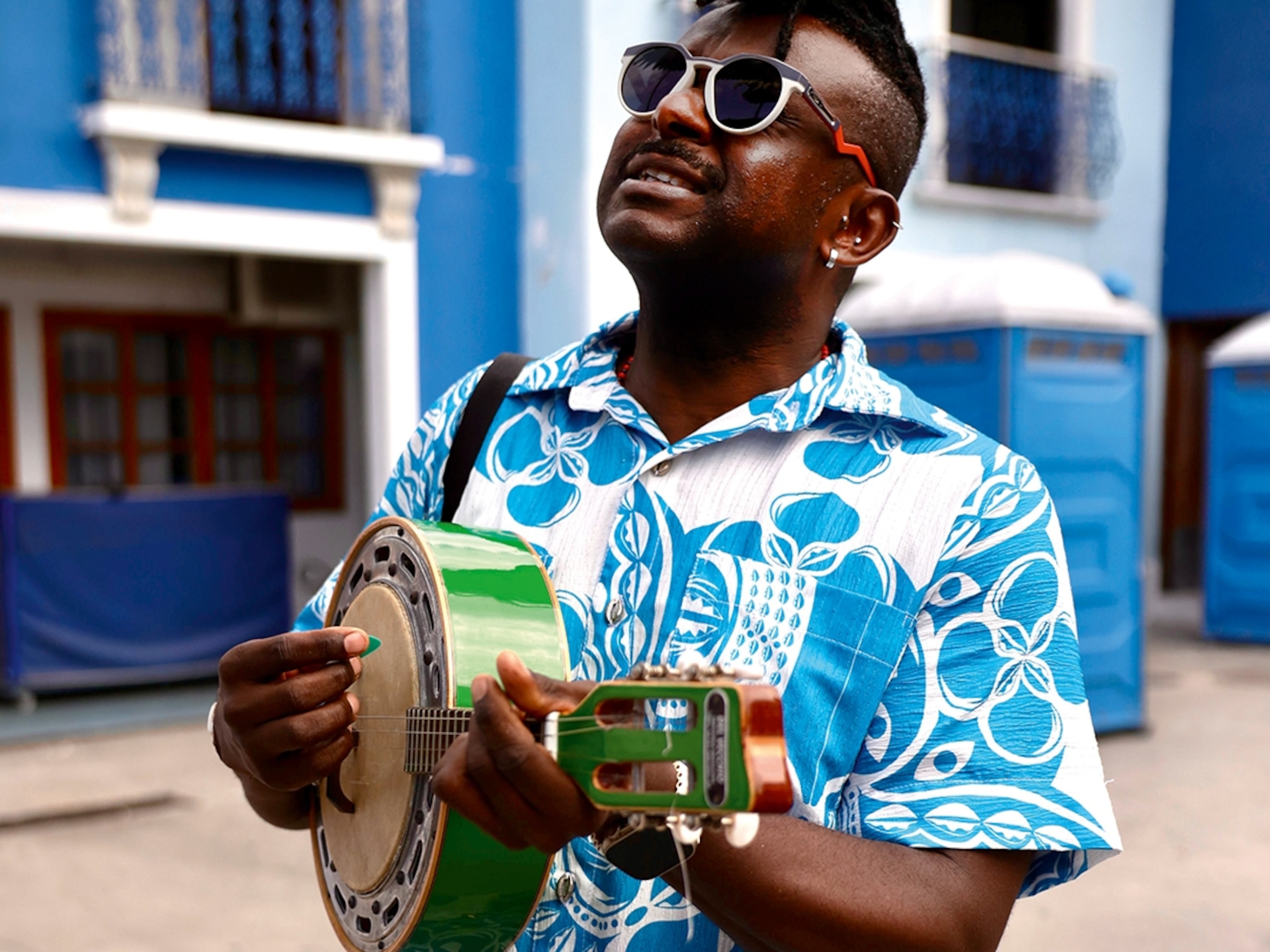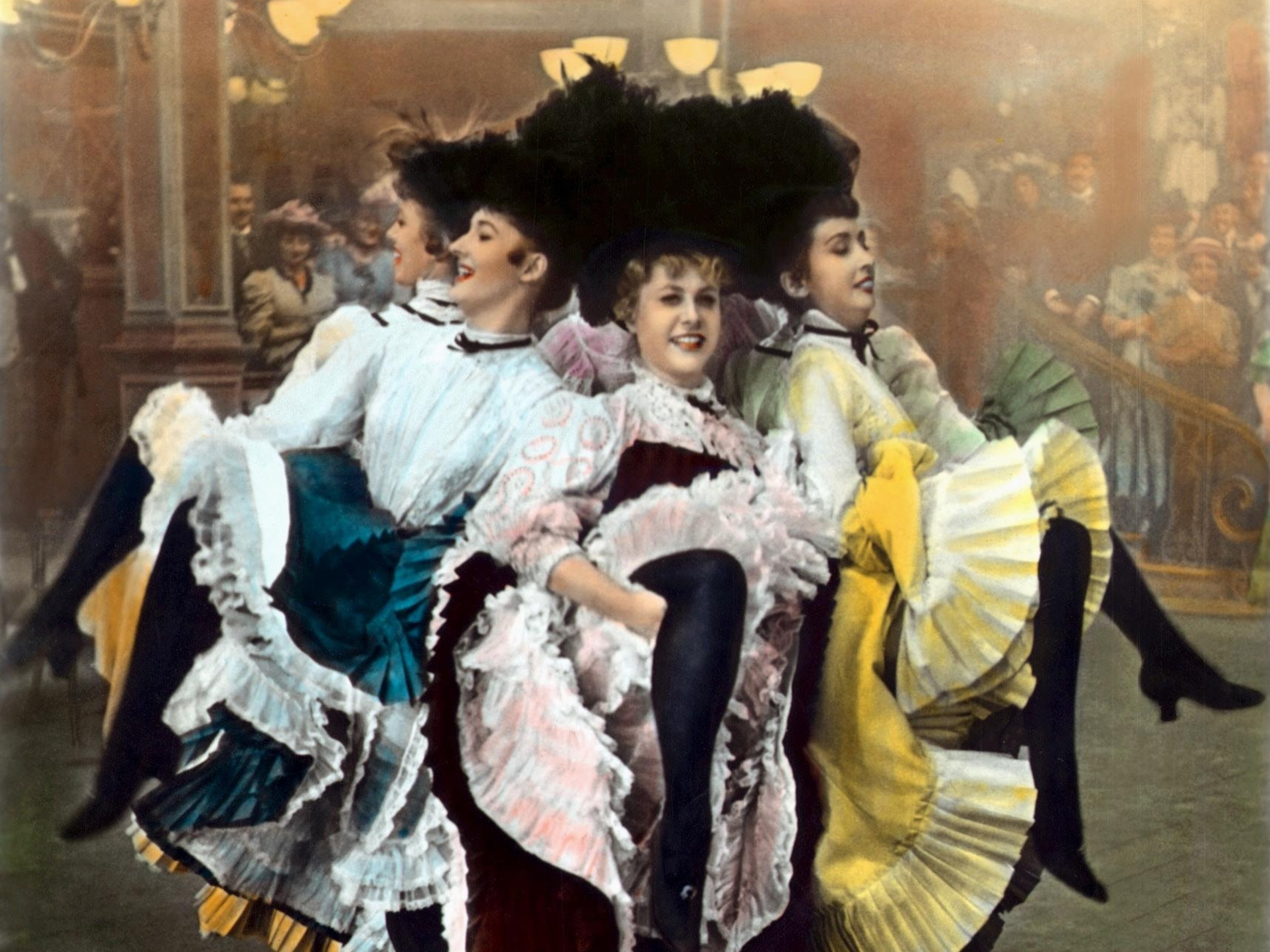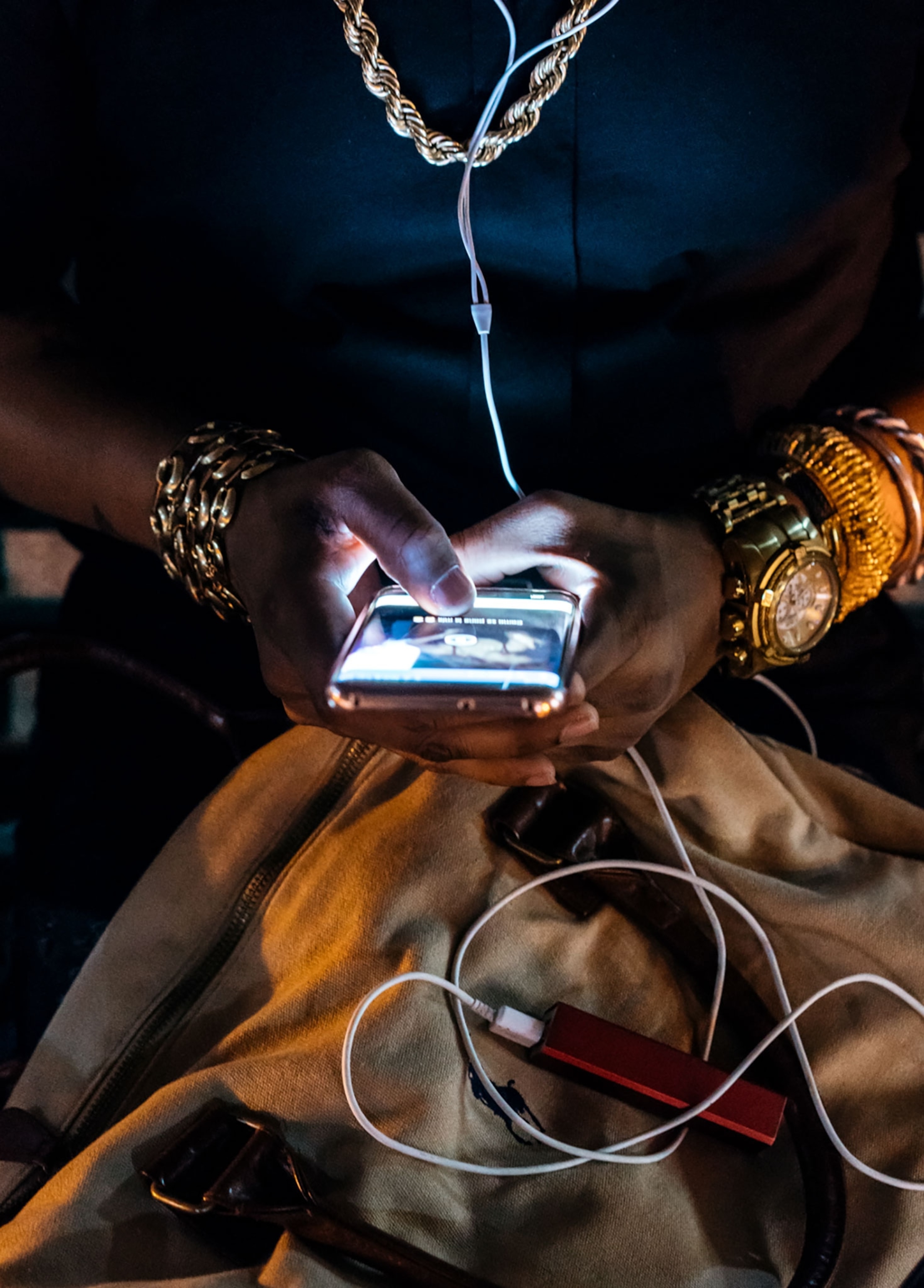
How Unlikely Hackers Will Transform Cuba
For decades, Cuba has been closed off to technology. Now, wifi and warming relations with the U.S. are paving the way for a digital revolution.
Nowhere is the old adage about necessity breeding innovation more true than in Cuba. Working against a wide-ranging embargo from the neighboring United States, Cubans have been getting along without many basic goods for half a century.
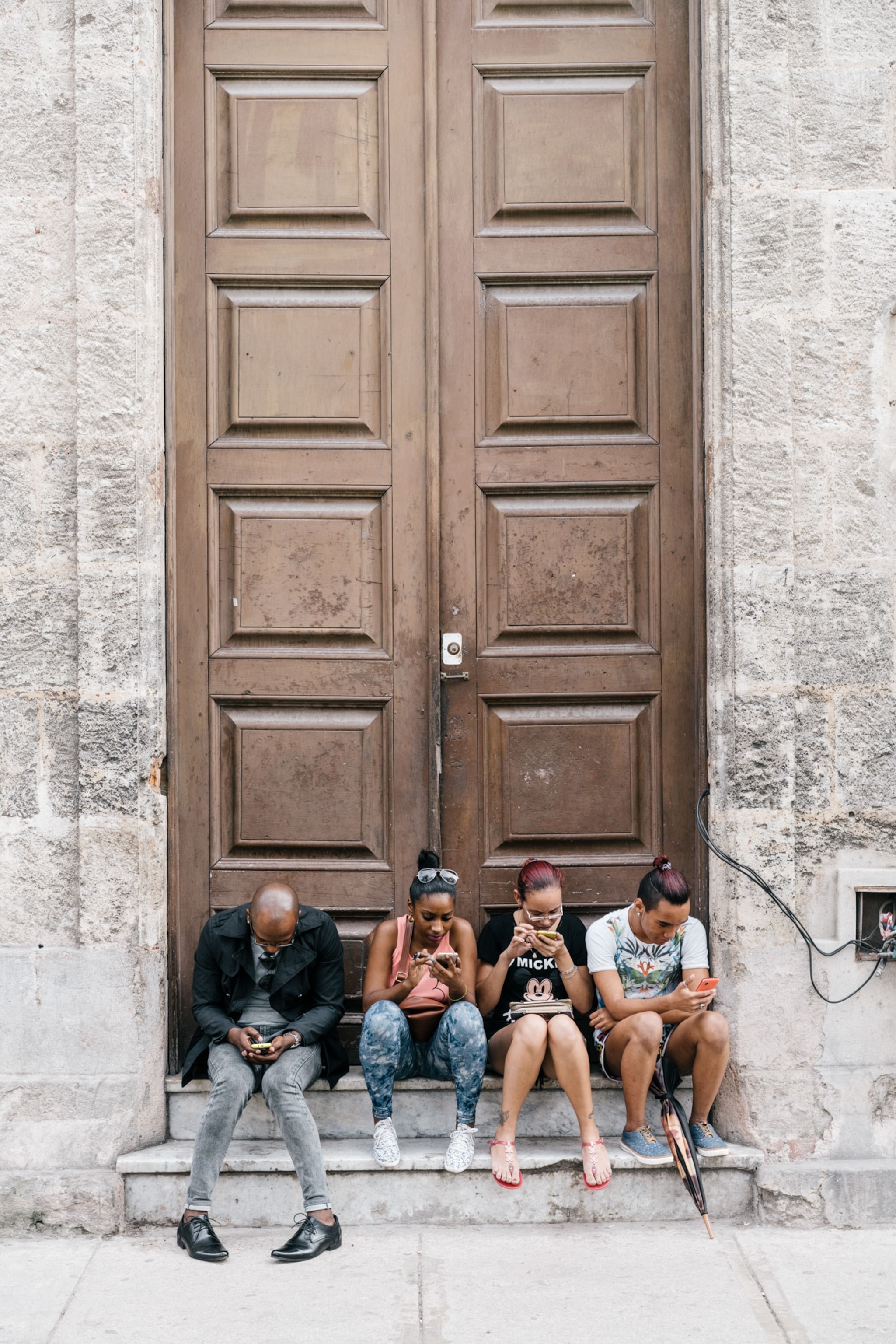
The Internet Revolution
From illegally installing rooftop radio antennas to record American music to hotwiring antique cars, Cubans are ingenious at figuring out workarounds to barriers that would otherwise keep them decades behind their neighbors. Now, in the Internet era there are no shortage of Cuban entrepreneurs aspiring to overcome the technological drought.
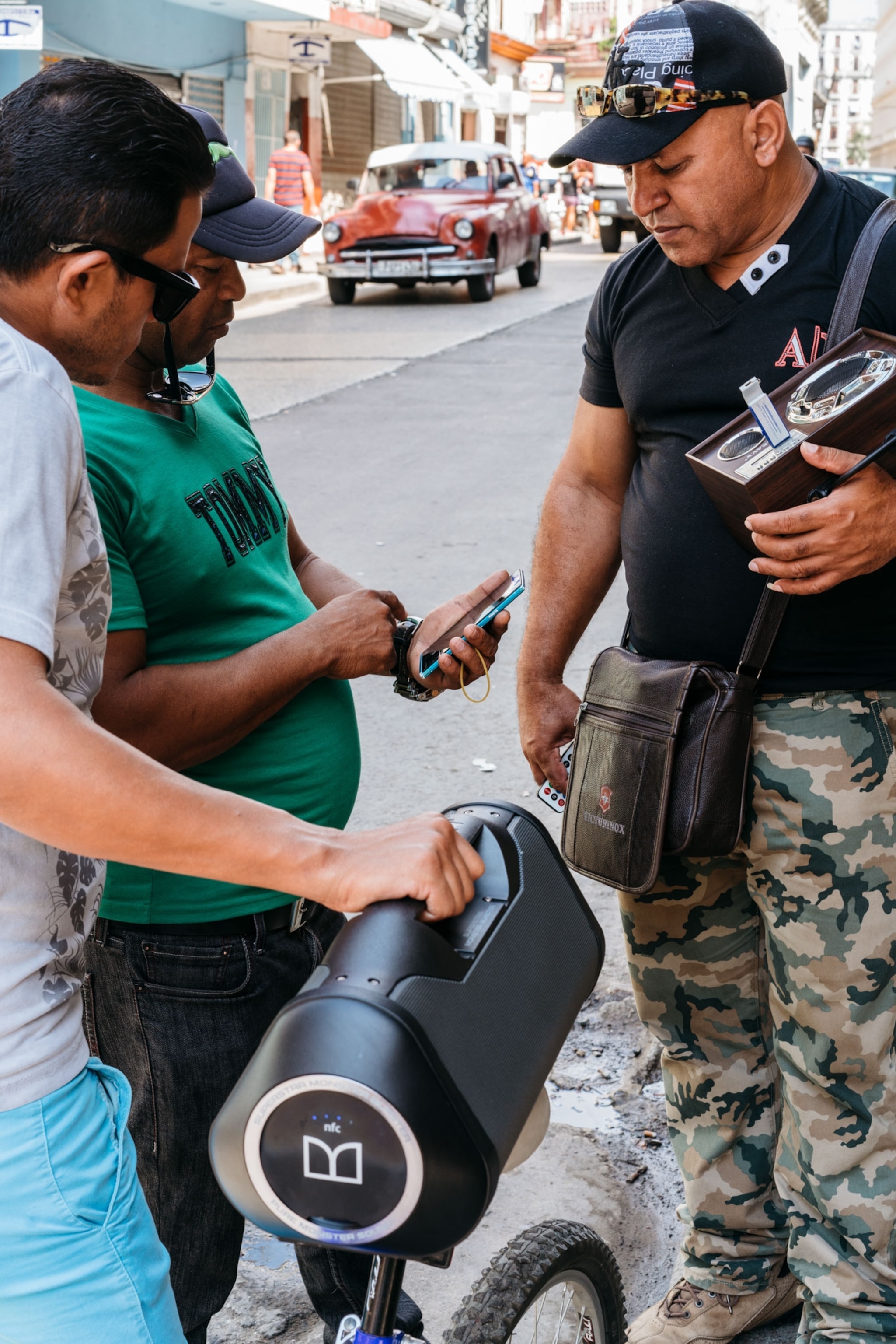
Since 2007, the most important method of distributing the Internet has been the El Paquete Semanal—or, The Weekly Package. Like a subscription service, thousands of couriers deliver a terabyte of videos, movies, music, and games via thumb drive to half the island’s population each week.
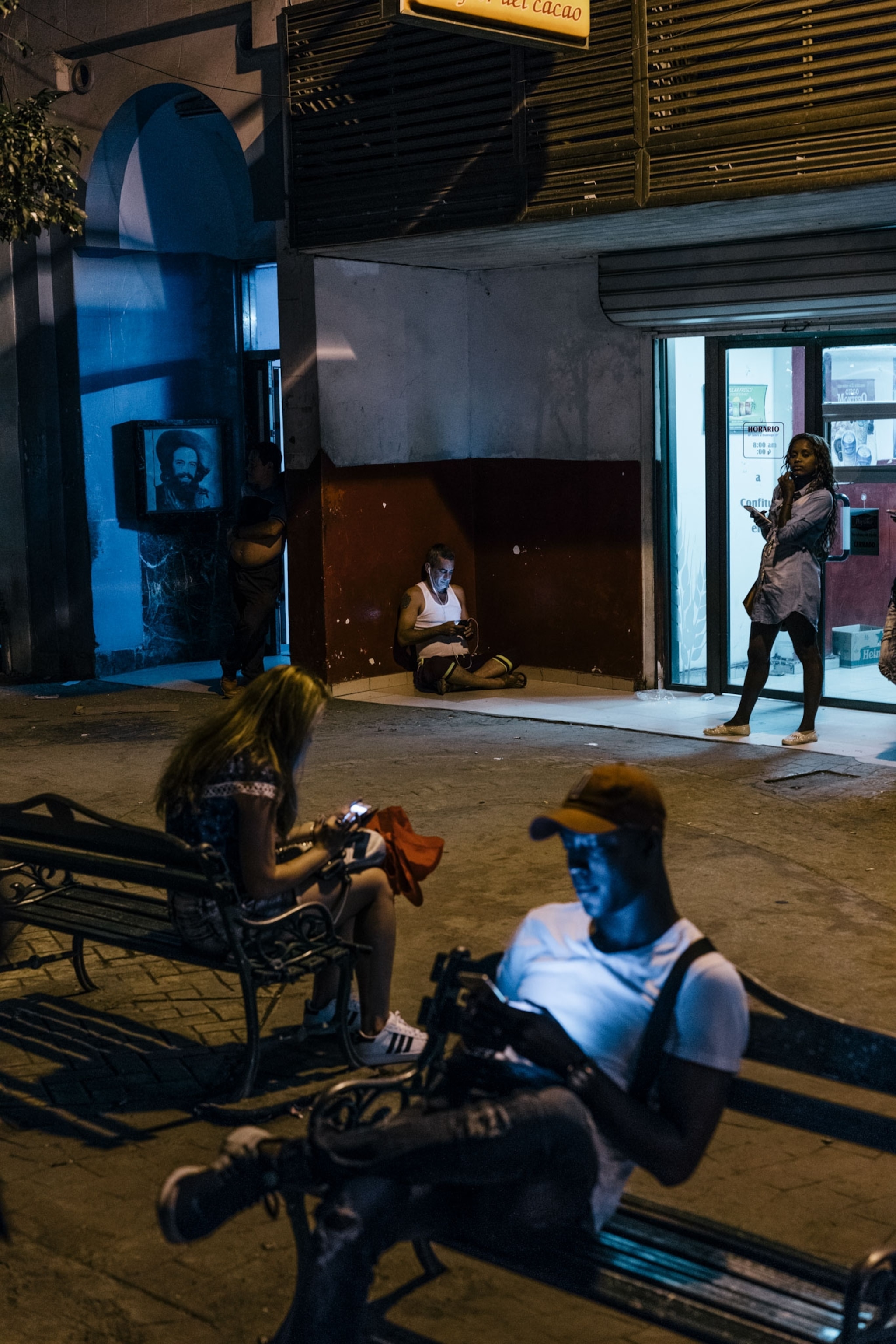
There were major hurdles facing Cuba’s entry into the technologically advancing world. But after President Obama lowered sanctions in 2009, restored diplomatic ties in 2014, and removed Cuba from the State Sponsors of Terrorism list in 2015—a digital revolution has dawned.
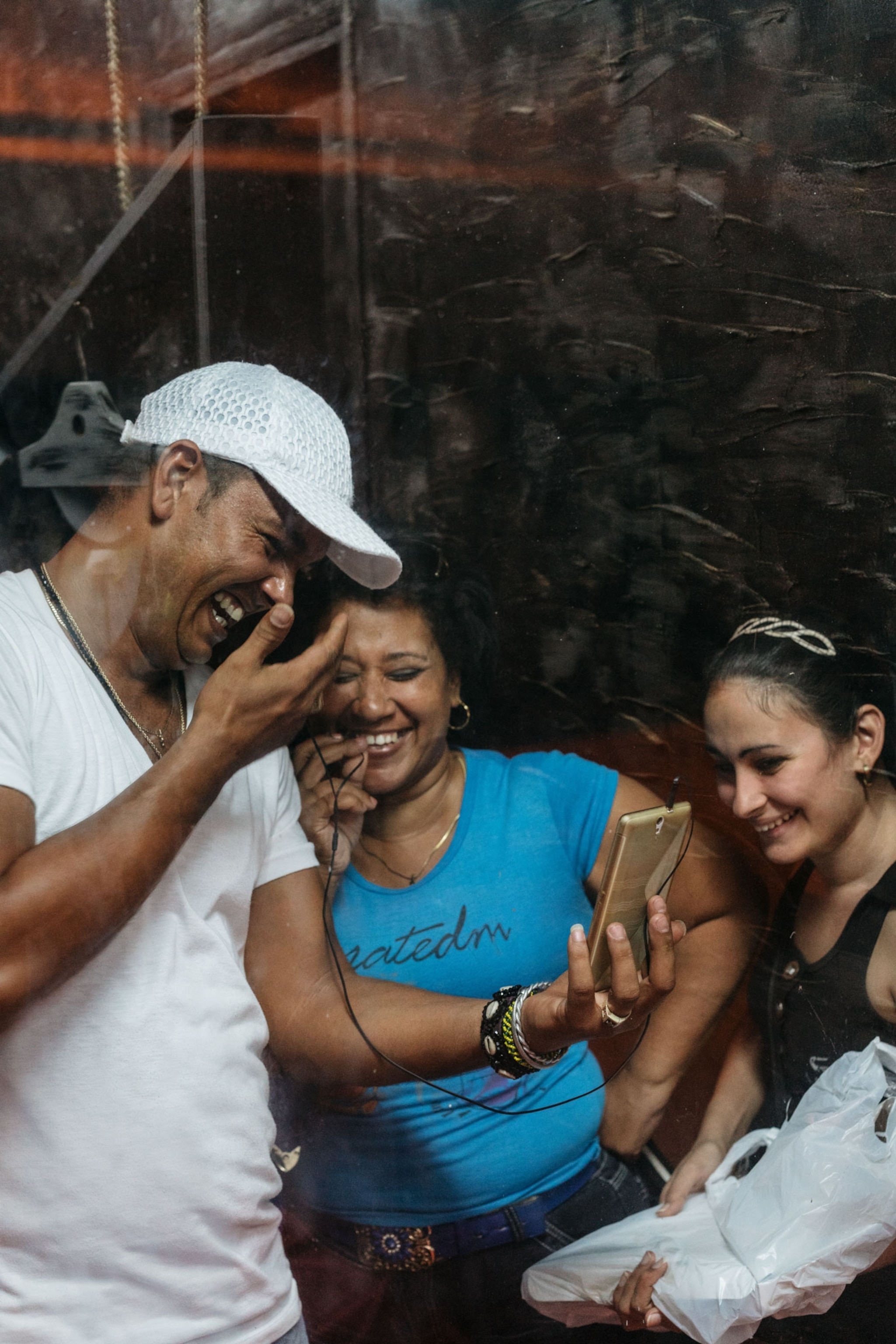

Two years ago, the groups of people crowding Havana’s parks and sidewalks with cell phones pressed to their faces didn’t exist. Since the Cuban government opened 35 wifi hotspots in parks and plazas across the island in July 2015, they’ve become ubiquitous. More than 100 public wifi zones and 180 Internet cafes have opened so far. Even before a reliable Internet connection, Cubans had created their own versions of Craigslist, Yelp, and eBay. Now, they’re opening Facebook accounts, listing their homes on Airbnb, and watching Netflix.
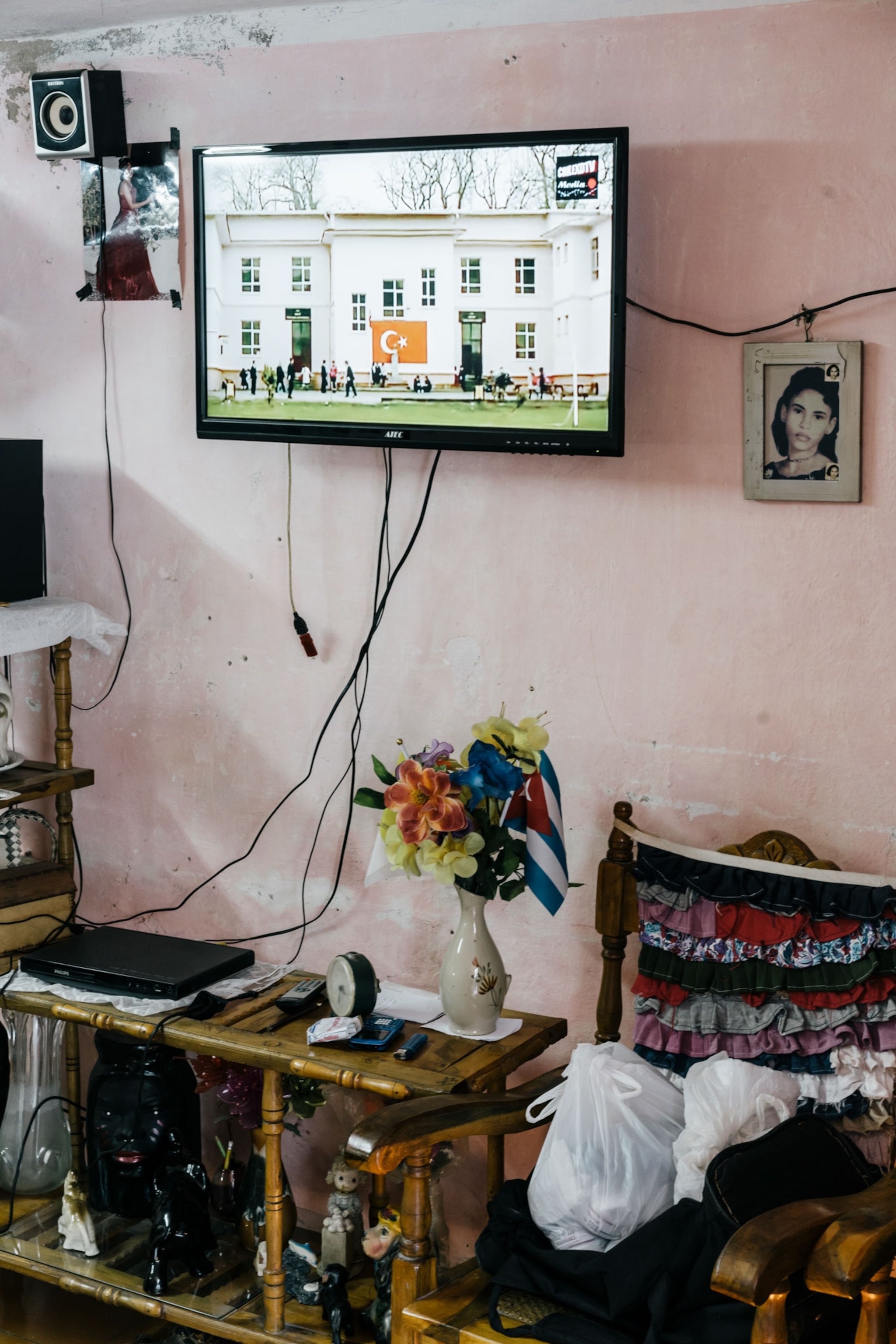

But barriers to access remain—continuously testing the island’s ingenuity. When the one-hour Internet cards sold at hotspots were prohibitively expensive (they’re more than $2—double the average daily wage), savvy entrepreneurs started divvying them up and selling shorter, slower allotments.
Innovators and Inventors
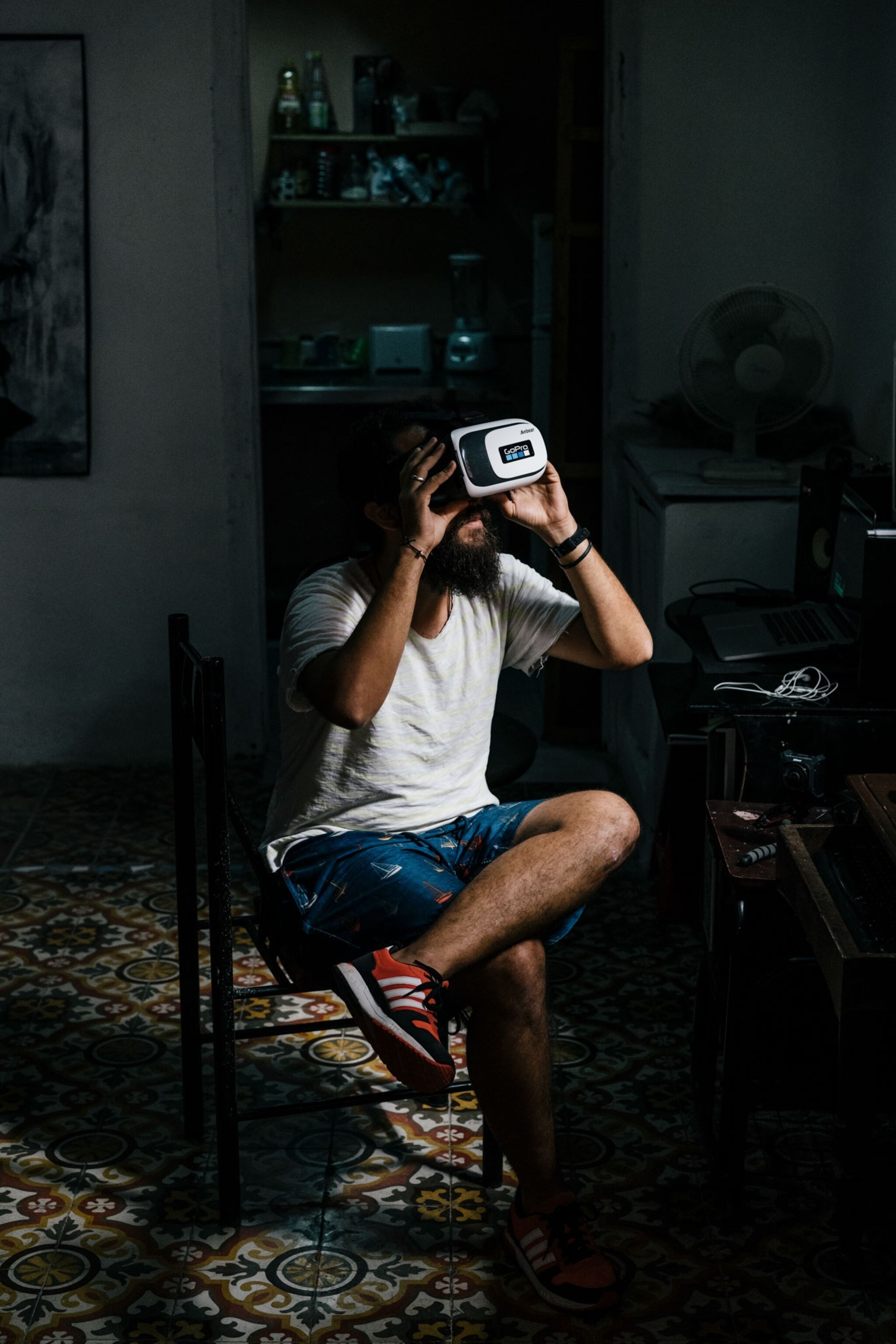
Cuba may not have had the technology, but it’s had the drive for innovation. Twenty years ago, Cuban leader Fidel Castro launched the “Future Project,” a plan to integrate the software industry into the country’s economy. According to an article in the Harvard International Review, the country invests 1.17 percent of its GDP in technological research—more than the U.S. and on the same level with Israel. Thousands of students graduate with information technology degrees each year, but there are few jobs.
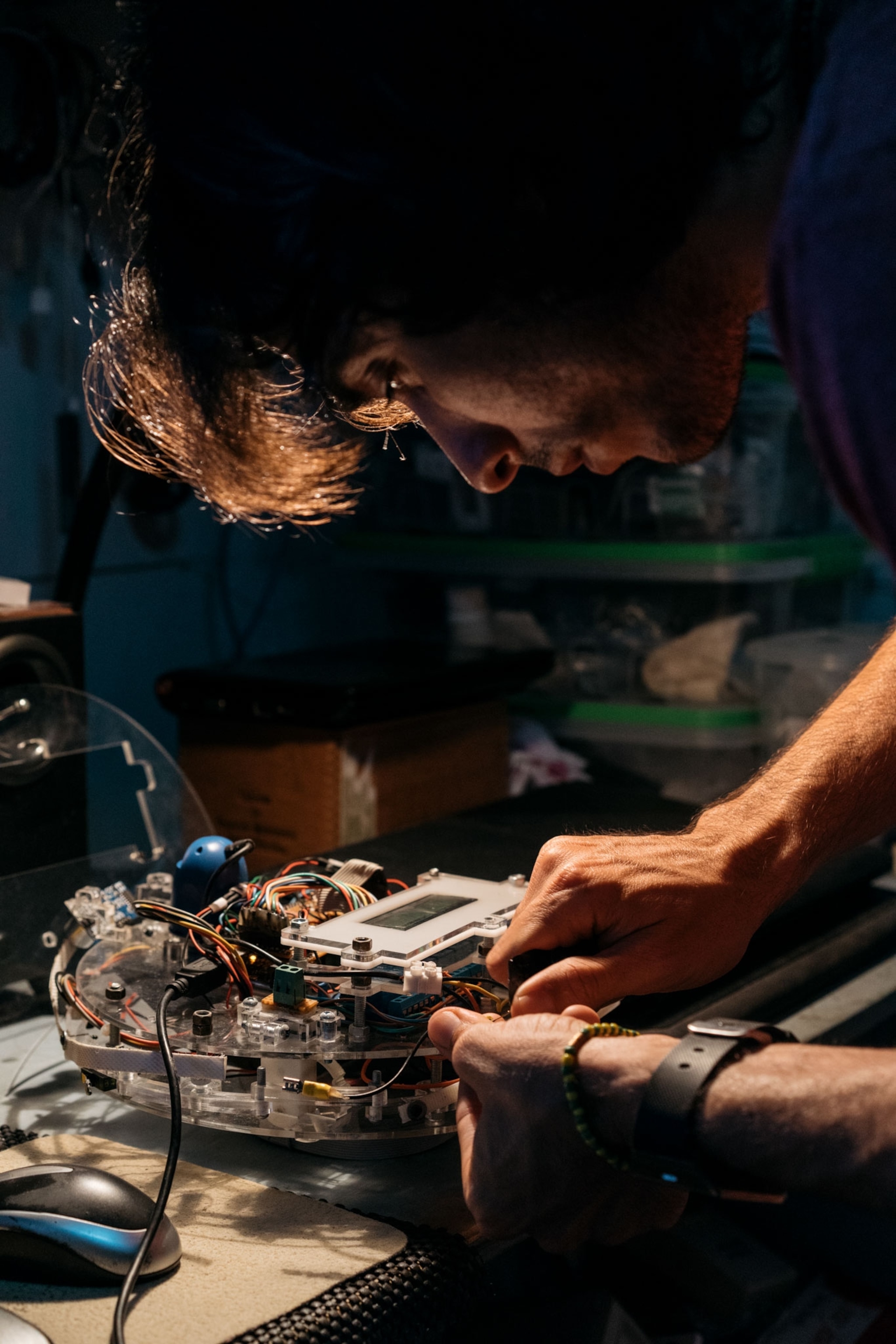
Students who studied technology, like 34-year-old Yusnier Fernández, find ways to put their skills to use. With his robotics training, Fernández has created a Roomba from scratch using processors brought into the country by his friends.
Many Cubans have relatives in the U.S., so relying on outside parts is common. Andy Ruiz, one of the only people producing 360 degree videos in Cuba, gets the technology brought in from connections in America.
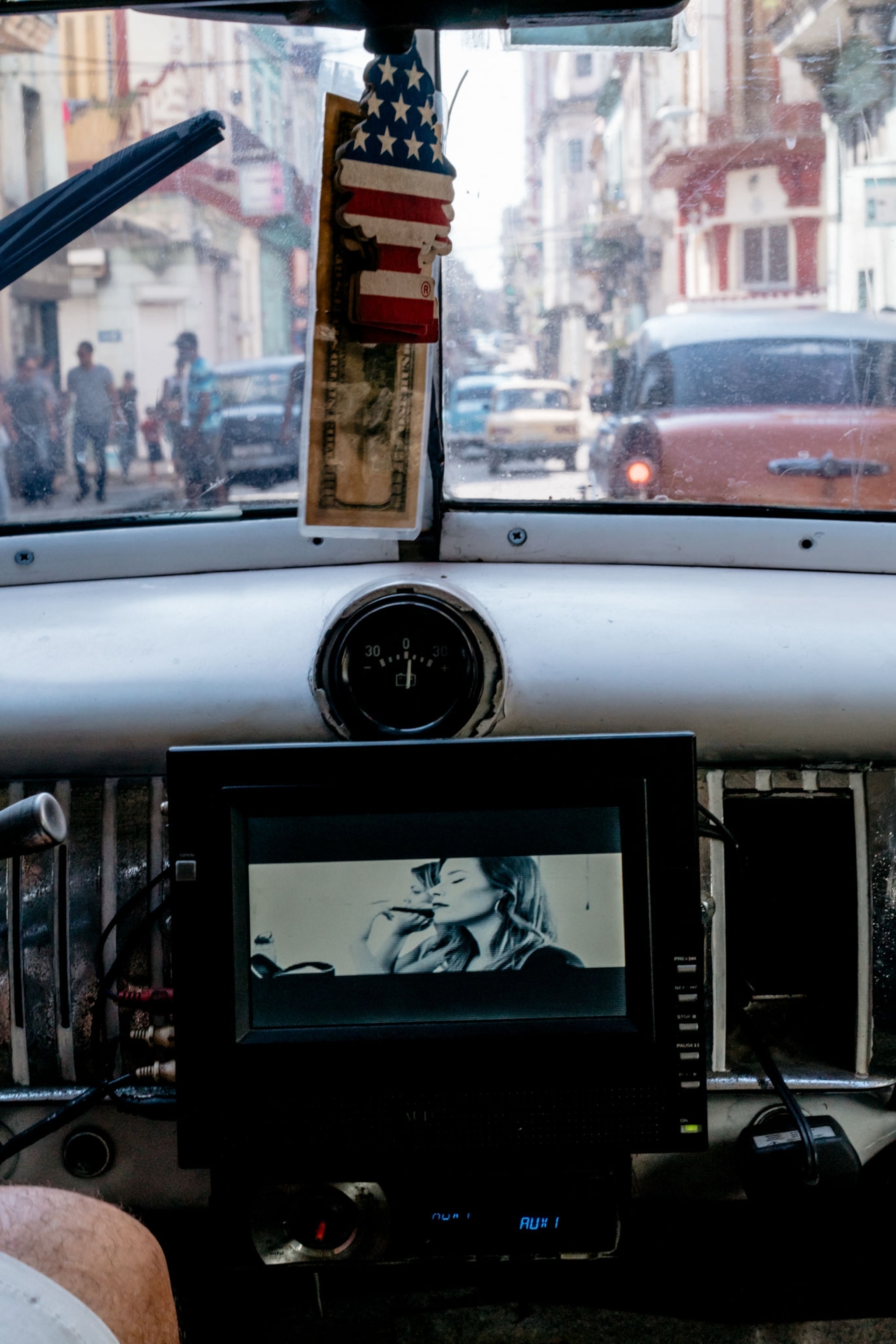
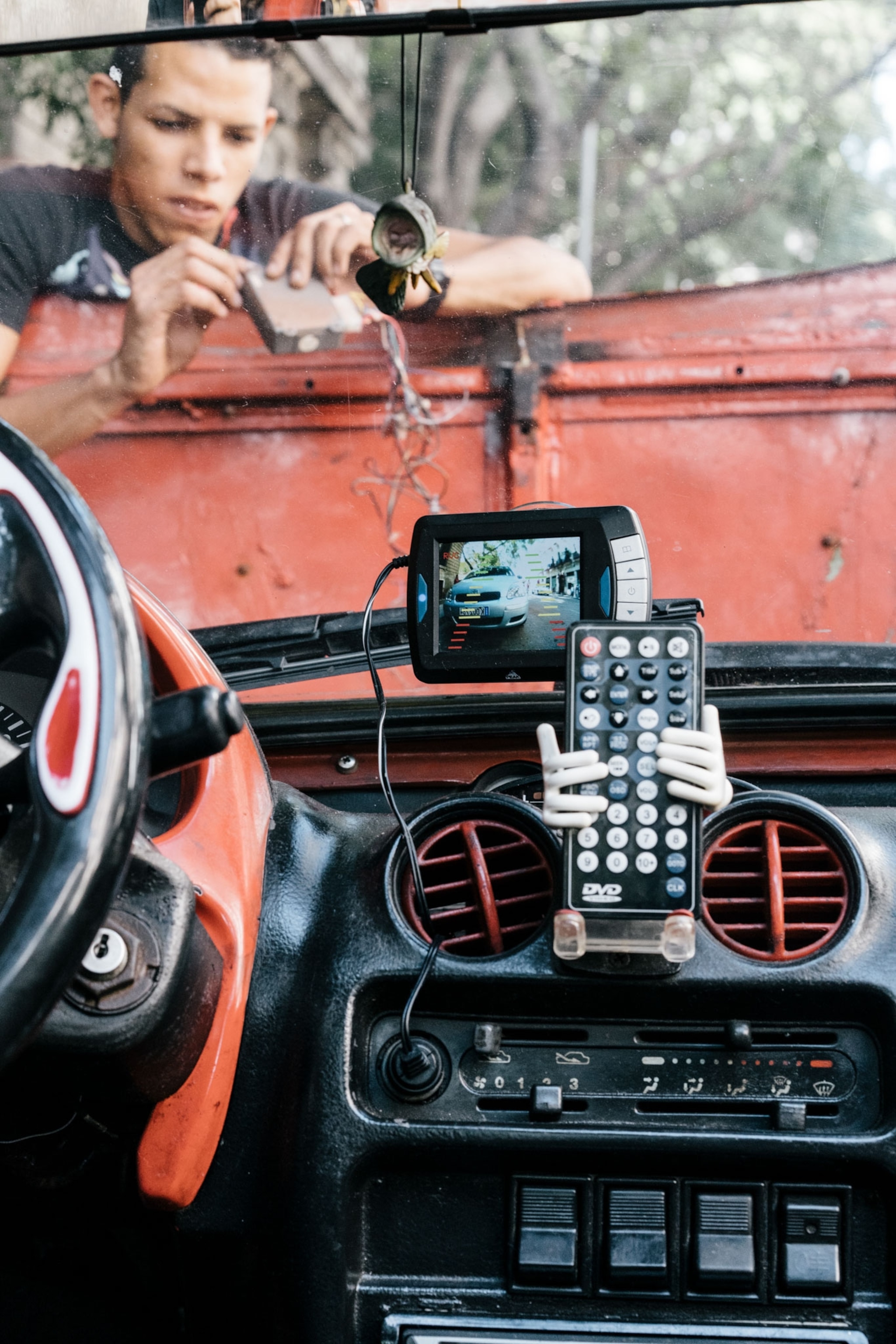
The most famous symbol of Cuba’s embargo-innovation balancing act are the vintage American cars. Owners haven’t been able to acquire new parts since President Kennedy issued a trade embargo in 1962, so they have devised hacks to keep the cars running. Now, with new technology coming into the country, these old cars are being revamped with mini-DVD players and stereo systems that blast out oldies in Spanish and the latest American pop.
A New Soundtrack
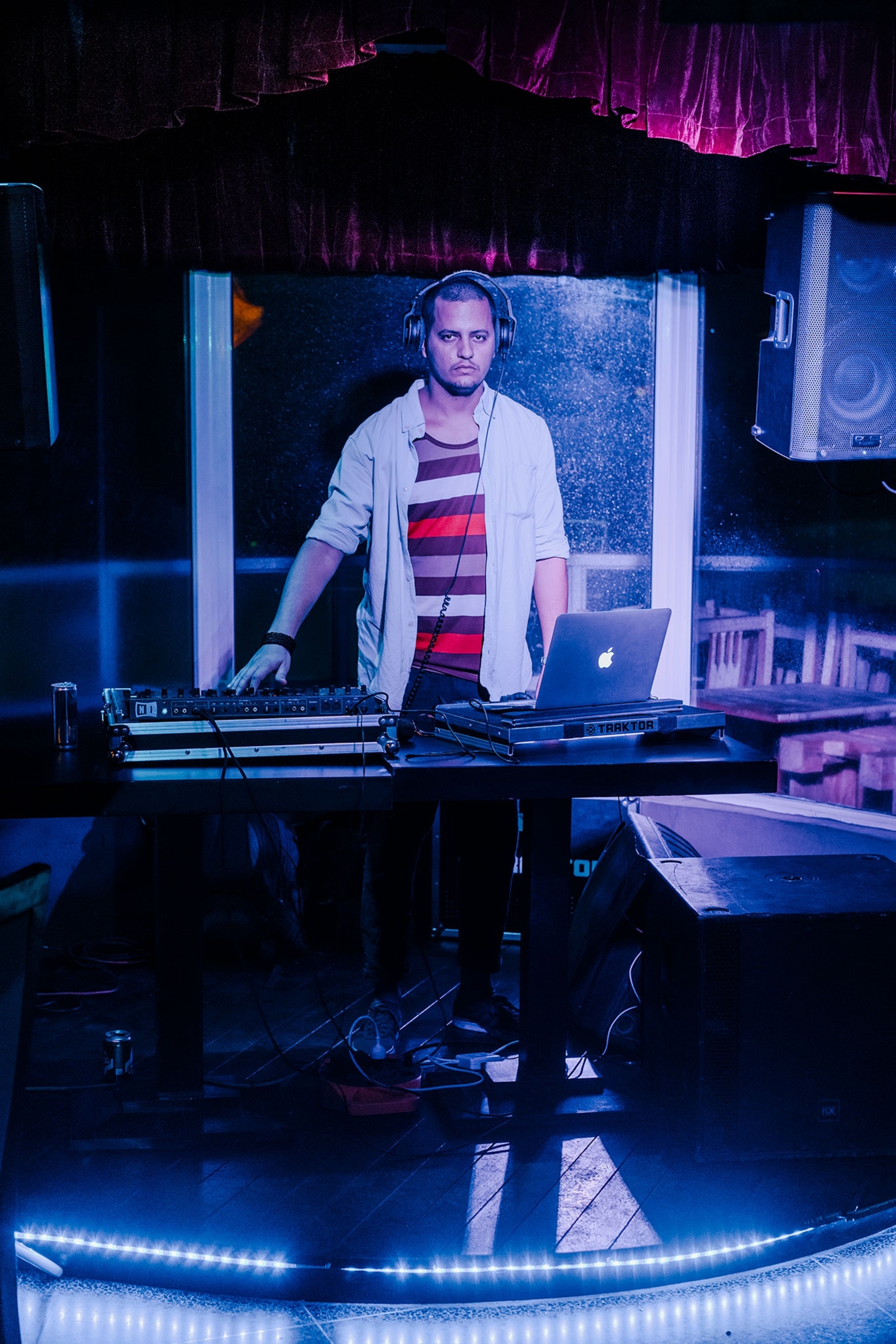
Access to culture was a principal pillar of the communist system Fidel Castro installed in Cuba. Theater and dance were given to the masses for almost nothing. Spilling out of cafes and blasting from cars, music is a backdrop to daily life in Cuba. On weekends, plazas are crammed with bands and dancers showing off their salsa moves.
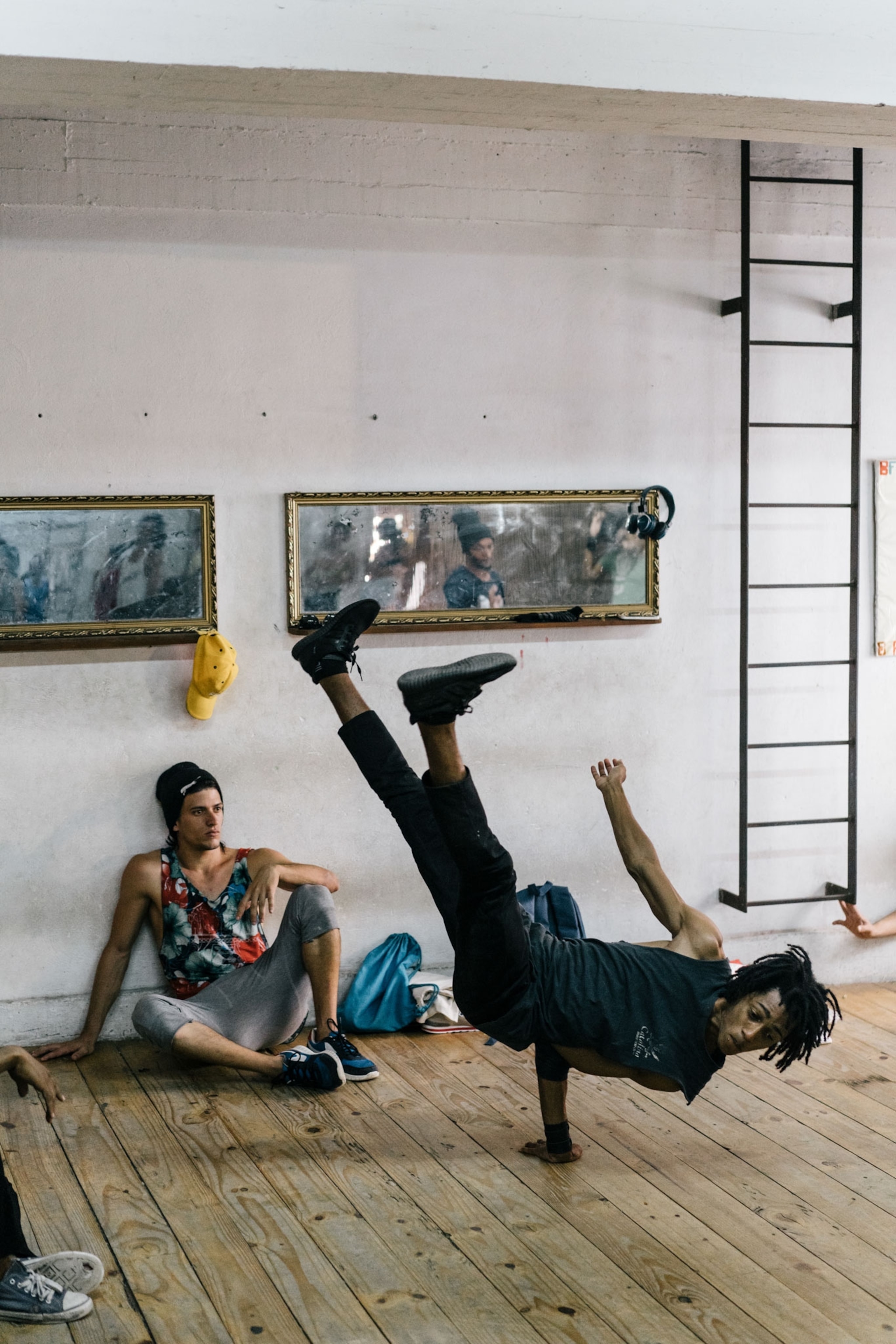

Among younger generations, the music scene has taken a turn toward house and electronica. When Major Lazer played a show in Havana in 2016, half a million people showed up. Underground DJs like Joan Coffigny and the female duo Pauza spin at clubs like the Fabrica de Arte Cubano and house parties. Havana’s first independent electronic music studio was started by DJ Ra. But a lack of basic supplies introduces new twists for the island’s innovators: a few summers ago recording artists found the island had run low on CDs.

Music isn’t the only art form transforming as Cuba opens. Salsa and ballet have long been staples of Cuban culture, but other dance forms are arriving. Breakdancing has become increasingly popular and troupes like the B-Boy dancers, a subset of the Havana Queens dance company, learn moves from YouTube videos.

In Cuba, there’s hope that loosening restrictions will help it catch up with the 21st century. Raul Castro, Fidel’s younger brother, has led the country since 2006. Shortly after taking power, he legalized private home computers, mobile phones, and DVD players. Fidel died in late 2016, and now Cubans are watching to see what further technological advances will arrive on the island. They may not have to wait long: Raul has promised to cede power in 2018, and a likely successor is Vice President Miguel Diaz-Canel, a frequent Facebook user.

